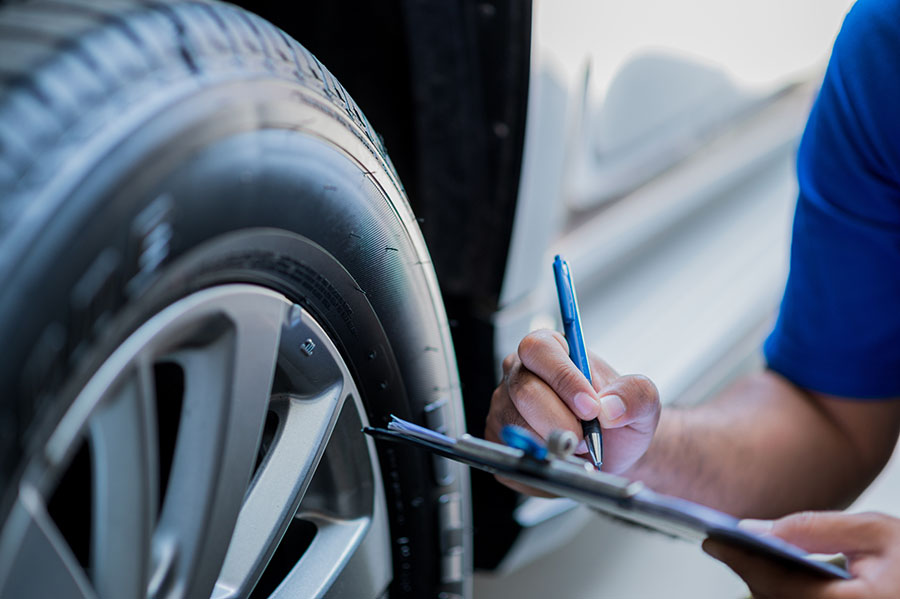Cars are an important item that we use when traveling to work or traveling to various places. Some people are willing to save money to buy their dream car. A joke that people often say that they love cars like their children is probably not exaggerated for many people. All car models have different lifespans. If we maintain a car likeWell, it will help extend the lifespan even further. There are many items of equipment in the car that need to be checked frequently, each of which is important for use. If we neglect it, it may lead to problems later or even serious accidents. Topics that we will talk aboutToday it is about car parts that many people may not know how to check the condition before taking the car out for use, that is, car tires. Therefore, today 360auto will take everyone to learn how to check the condition of car tires to see if it's time to change them or not. If you choose to change car tires, trucks with 360auto willWhat are the advantages
Revealing techniques for checking the condition of car tires to see if they have reached the replacement time or not
Check the tire tread by observing the rubber bridge
Tire bridges are present on every tire, forming a groove in the center of the wheel. Used to indicate the condition of the tire tread. If the tire tread starts to wear to the same level as the tire bridge, it means that the tire is starting to deteriorate
If the sidewall starts to crack, replace it quickly
If the sidewall starts to crack or is about to tear, change the tire as soon as possible. Otherwise, there may be danger to ourselves and other road users. Because tires have a high chance of exploding
Danger signs when tires start to swell
Car or truck tires usually have a circular shape similar to a donut. If the tire has a different shape, such as bulging the side or swelling out. Hurry and change the line immediately if you don't want to have an accident later
Good car tires must be soft and flexible
New car tires have soft rubber. Flexible and good on the road When you try to peck your nails down, they will leave nail marks. But if the tire starts to deteriorate, the tire surface will become hard. Rarely sticks to the road when tested by pecking your nails, it will not leave any marks. If the tire starts to look like the above, please change it quickly
The age of the tire should not exceed 5 years
The age of car tires suitable for use should not exceed 5 years. Even though the tire condition still looks good, for safety reasons it should be changed every 5 years or less if used heavily. You can check the age of the tire from the sidewall, which has 4 numbers indicating the time of production
Translated with Lingvanex.com
